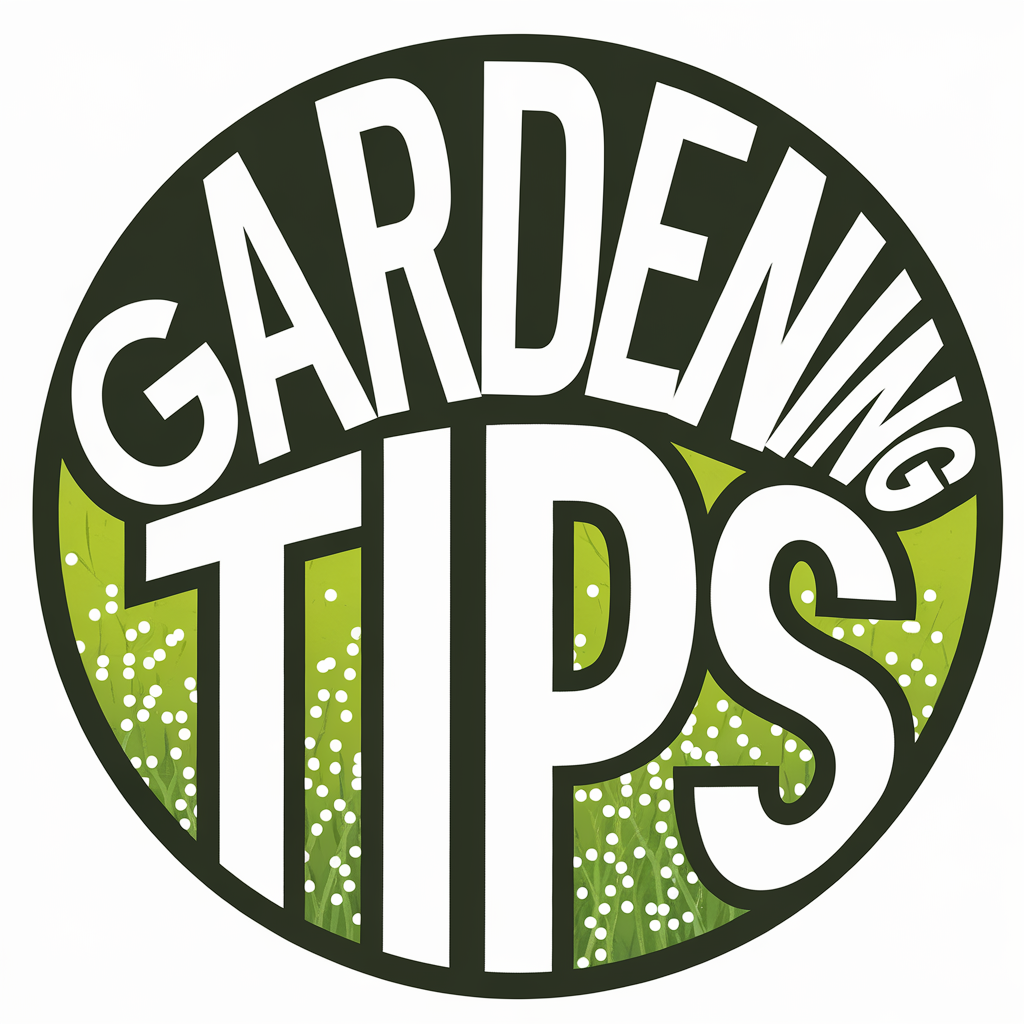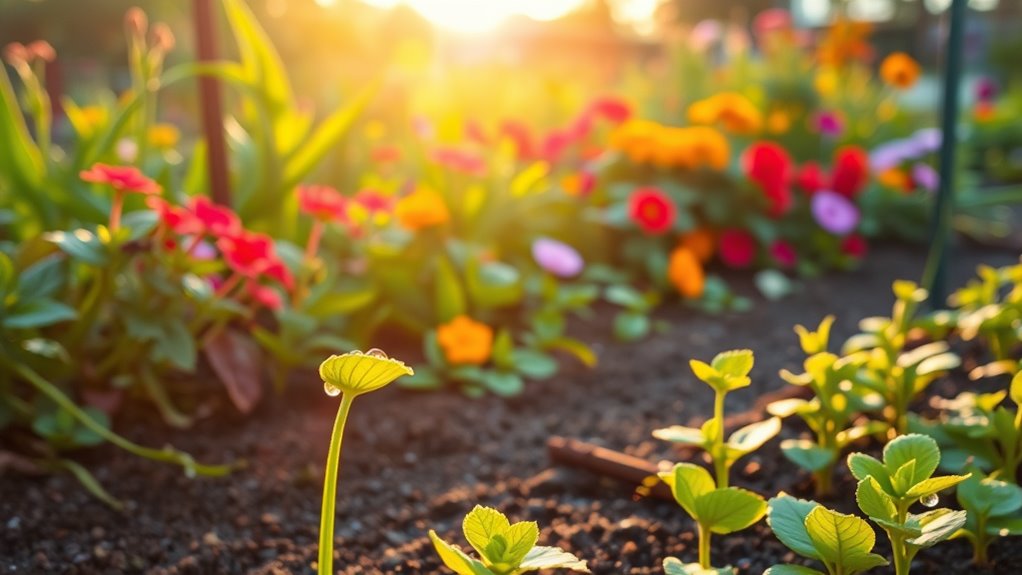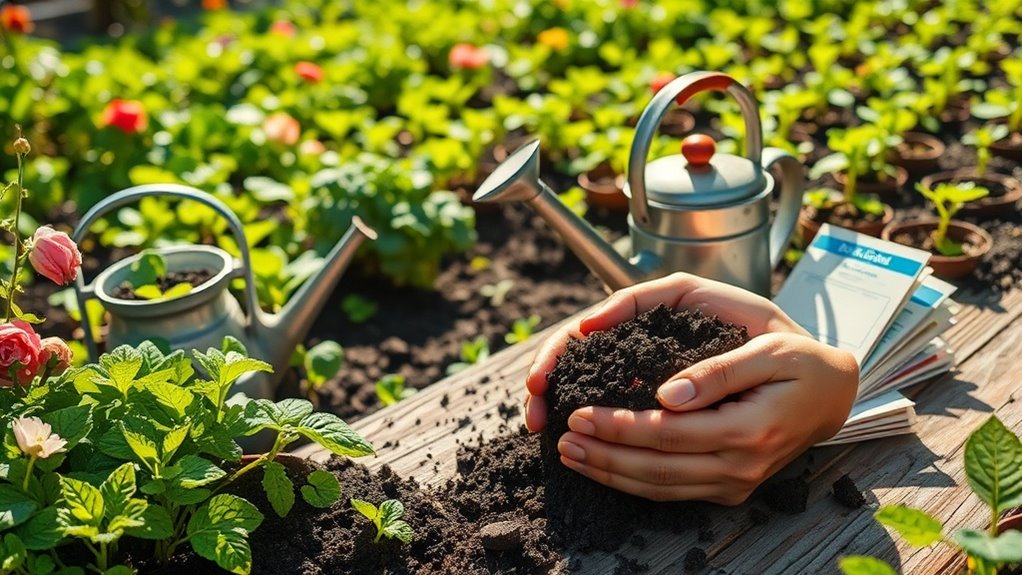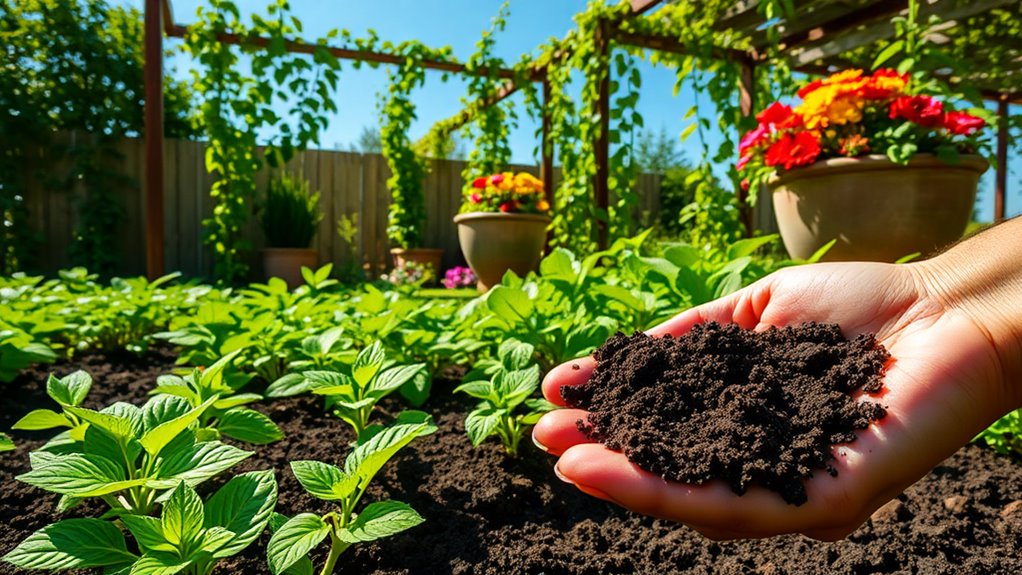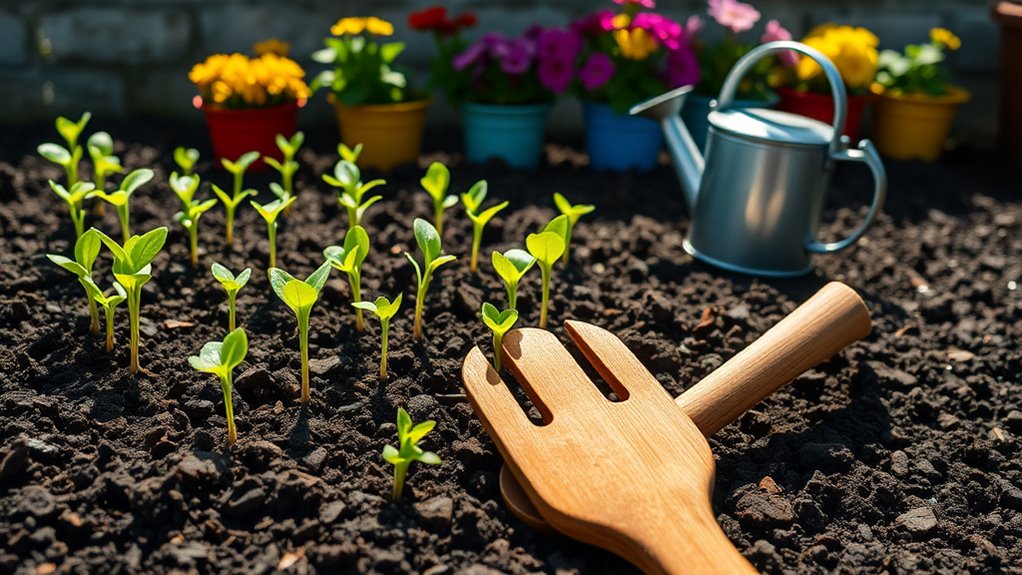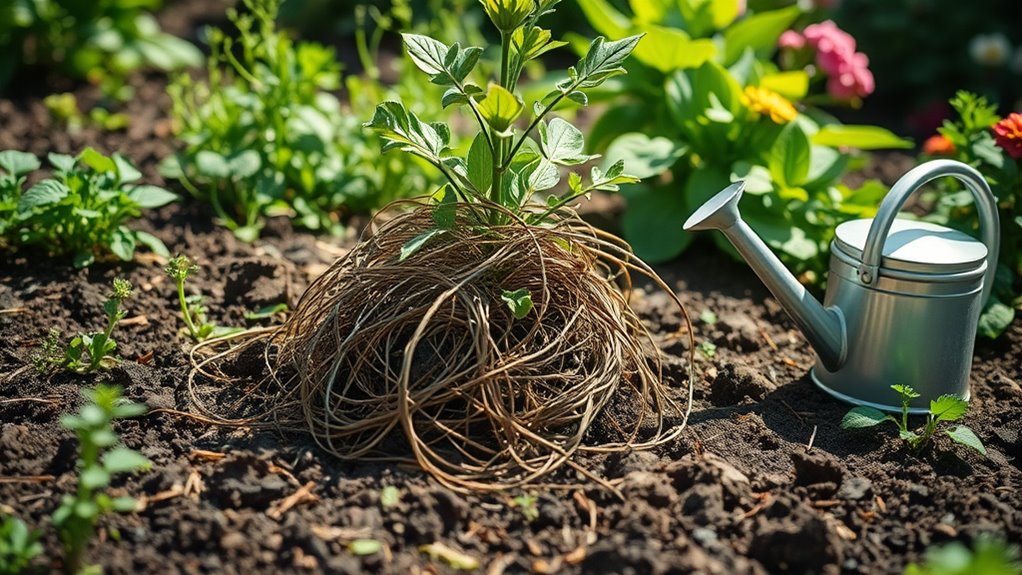The One Beginner Tip That Saved My Entire Garden
Every gardener faces challenges, especially when starting out. You might see stunted growth or struggling plants, and it can be frustrating. What if I told you that one simple tip could transform your garden? It’s all about understanding your soil. With the right knowledge, you can turn your garden into a thriving oasis. Curious about how soil health can make all the difference? Let’s explore this essential game changer together.
Understanding Your Soil
Soil is the lifeblood of any garden, providing essential nutrients and support for your plants.
To ensure your garden thrives, test your soil’s pH and nutrient levels regularly—this is a crucial garden-saving tip.
By understanding your soil’s composition, you can amend it as needed, improving drainage and fertility, leading to healthier, more vibrant plants.
Conducting soil testing not only enhances plant health but also significantly increases crop yields, preventing costly gardening mistakes.
Knowledge is power in gardening!
Choosing the Right Plants
How do you know which plants will thrive in your garden? Start by considering your climate, soil types, and sunlight exposure. Here’s a quick reference to help you decide:
| Plant Type | Sunlight Needs | Soil Preference |
|---|---|---|
| Tomatoes | Full sun | Well-drained soil |
| Lettuce | Partial shade | Moist, rich soil |
| Lavender | Full sun | Sandy, dry soil |
| Ferns | Full/partial shade | Acidic, damp soil |
Additionally, knowing about choosing the right location will significantly enhance your gardening success.
The Importance of Watering
After selecting the right plants for your garden, understanding their watering needs becomes key to their success. Proper watering ensures your plants thrive and prevents ailments.
Here are some vital tips:
- Water deeply and infrequently for strong roots.
- Early morning is best for watering.
- Adjust according to weather conditions.
- Use mulch to retain soil moisture.
Overwatering can lead to root rot and other plant diseases, so be mindful of the signs of overwatering.
With these practices, your garden will flourish beautifully!
Implementing Companion Planting
While you might be tempted to plant your flowers and veggies in neat rows, implementing companion planting can significantly enhance your garden’s health and productivity. By pairing certain plants together, you can take advantage of natural plant relationships, which can deter pests and promote healthier growth.
Regular Maintenance and Care
Caring for your garden doesn’t stop once you’ve planted your seeds; regular maintenance is vital for keeping your plants healthy and thriving.
Make sure you’re staying on top of these tasks:
- Water your plants consistently, ensuring proper drainage.
- Regularly check for pests or diseases.
- Prune dead leaves and branches to encourage growth.
- Fertilize according to your plants’ needs to boost their vitality.
- Pay close attention to reviving overwatered plants, as neglecting this can lead to long-term damage.
Learning From Your Mistakes
Mistakes are an inevitable part of gardening, but instead of letting them discourage you, embrace them as valuable learning experiences.
Each misstep, whether it’s overwatering or poor plant choice, teaches you what works and what doesn’t.
Keep a gardening journal to track your successes and failures. Reflecting on these moments will turn your blunders into stepping stones for a thriving garden future.
